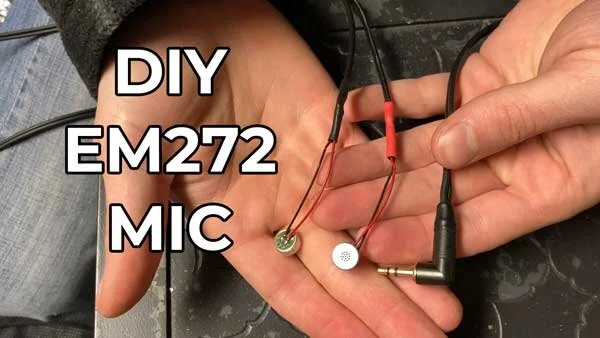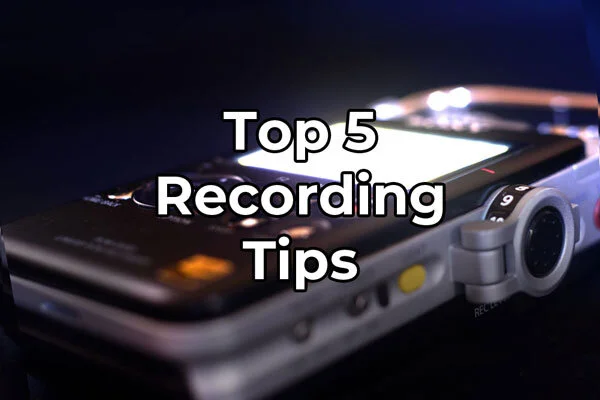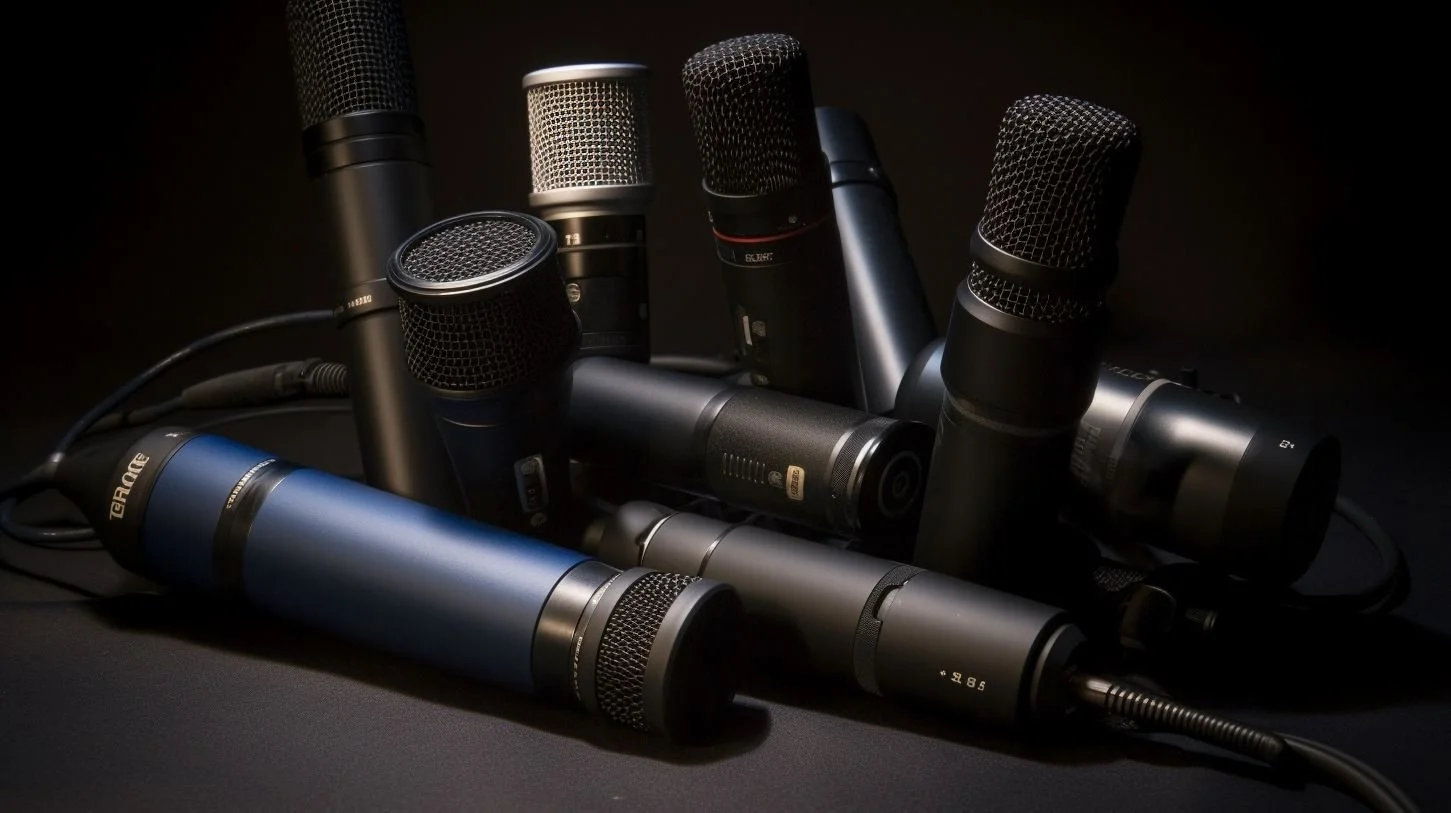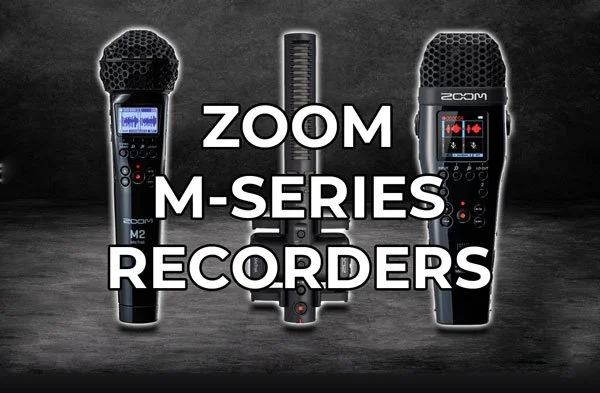Recording Upland Chorus Frogs in Virginia
Join me on a field recording trip where I record the sounds of upland chorus frogs in Southern Virginia!
After spending a night in the Nation's National Radio Quiet Zone, my next stop was the White Oak Mountain Wildlife Management Area (WMA) in Southern Virginia.
The WMA is 2,748 acres in size and is primarily used for hunting. Located 2 miles from main roads, and with only two, small airports nearby, it looked like a good recording location.
Not knowing what to expect from White Oak Mountain, I went in with an open mind. Boy was I blown away!
Behind The Sounds
In the “Behind The Sounds” series, I take you behind the scenes and show you what it’s like to be a nature field recordist. I show you how I setup my gear in the field and why I am doing so. I try to make these videos valuable resources for like-minded individuals so please let me know what you want to see more (or less) of.
If you enjoy this kind of content, please consider supporting me with a one-time or monthly donation. Your support goes a long way in helping me keep this website running. Thank you to everyone who has donated already!
Upland Chorus Frogs
The call of the upland chorus frog sounds like someone running their fingers across the teeth of a comb.
While in school, I wrote a scientific journal article that investigated the effect of temperature on frog species calling. In doing so, I learned how to identify many species by their sound. The upland chorus frog was a favorite, but I never heard one during my research.
When I heard a group of them calling before even reaching the WMA, I pulled my car over, rolled the windows down, and soaked in their sound. That was, until a neighbor's dog tried to attack my car.
Afterwards, and with a bit of an adrenaline rush, I eagerly drove the rest of the way, hoping that more frogs awaited.
Recording
This trip was my first opportunity to use my new field recording backpack. I had it fully loaded with 2 SASS microphones, a stereo pair of EM272 capsules, 2 LS-10 recorders, and a Sony D100. In my excitement, I used everything!
Recording #1 was made with a SASS mic with the D100. Using 2 bungee cords, I secured them to a tree that was about 15' from a vernal pool filled with upland chorus frogs.
Recording #2 used a SASS mic and Olympus LS-10 recorder. I nestled the microphone in the branches of a sapling near a few calling individuals. The frogs were so loud that I actually had to lower the gain on the LS-10. In every other recording I've done, I have always had the gain maxed-out at 10.
I setup a pair of tree ears for recording #3 using a stereo pair of EM272 capsules and another LS-10. I wanted to record the frogs at a distance for a less dynamic ambiance. From afar, it is difficult to distinguish upland chorus frog calls from spring peepers.
Final Thoughts
For not having any expectations on this trip, the sounds of the White Oak Mountain WMA really blew me away. The land was exceedingly quiet for a Monday afternoon and the sounds of the frogs were amazing to experience.
Although it was quite windy on this trip, I was still able to capture several recordings that really showcase the unique call of the upland chorus frog. Frogs are my favorite animals and I was in heaven this day.
The next stop on my trip will be the Congaree National Park.
For more posts like this one, click here to view all of my sound stories.
Support Acoustic Nature
If you enjoyed this post and would like to help support Acoustic Nature, please consider "buying me a coffee" or becoming a Patreon with the buttons below.
As a thank you for your support, Patreon supporters receive a copy of Field Recording For Beginners, exclusive access to the full Behind The Sounds video series, nature sound library downloads, and more.
If you are unable to support the site financially, please share this post with others, or leave a comment below letting me know you enjoyed this post! Both are free and help the website grow. Thank you ♫
Thanks for reading,
-Jared



















